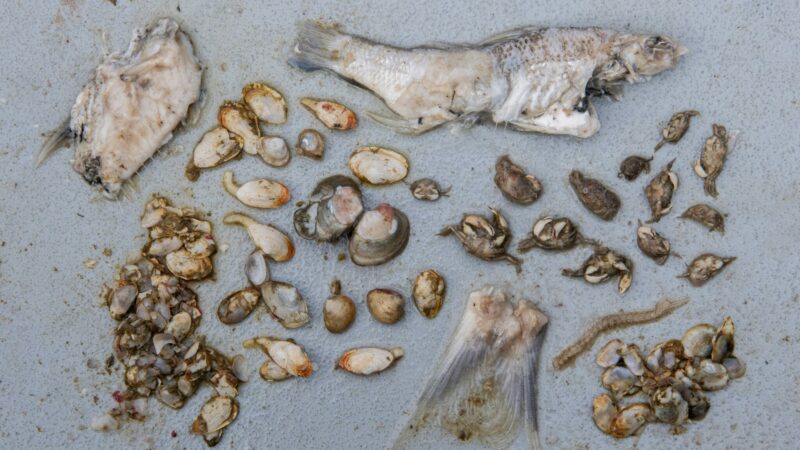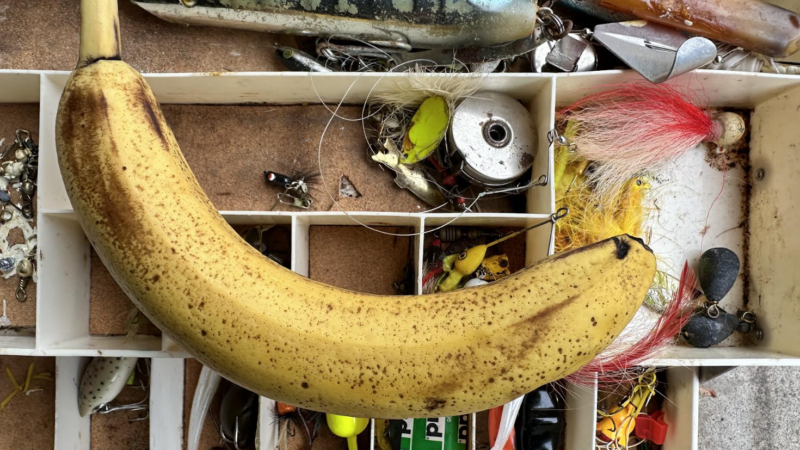Is a $300 Hunting Knife Worth It?
We may earn revenue from the products available on this page and participate in affiliate programs. Learn More ›
The knife a hunter chooses to use might seem trivial to some but, for me and my family, it’s always been a sentimental decision. Back in November, I wrote about my Buck 119 Special fixed blade knife and the history I’ve shared with it in the deer woods. After finding out that many other hunters also had a cheap but effective favorite knife, my curiosity piqued about why people would pay for a premium blade in the first place.
I’d heard plenty about brands like Montana Knife Company and Benchmade selling knives for hundreds of dollars, but never understood the need for such an expensive blade. I’d also never used one. To gain some insight, I reached out to MKC and got my hands on the MKC Whitetail, a 4” blade made from MagnaCut stainless steel, and put it to the test. Here’s what I found after two months of use and gutting and skinning six deer.
The Type of Steel a Knife is Made of Matters
Over thousands of years, humans have used a wide variety of steels in bladesmithing. With both carbon and stainless steel, there are additional alloy elements that make each blade unique and appropriate for different jobs.
Read Next: Basic Guide to Knife Steel and Blade Selection
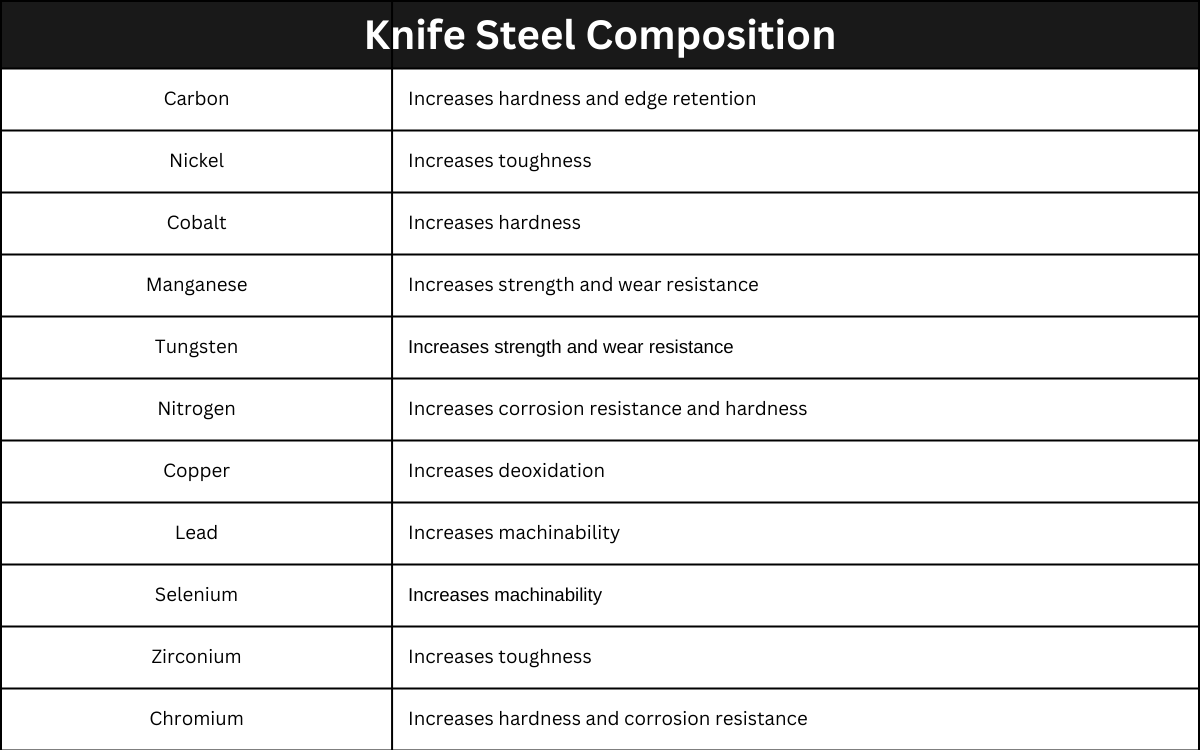
All the knives I own have a stainless steel blade. The Buck 119 Special and the MKC Whitetail are no different, but the quality and composition of the stainless steel used is vastly different. My tried and true Buck knife is 420HC stainless steel which offers a higher carbon content than regular 420, increasing hardness. But compared to some other steels, it’s softer and doesn’t hold an edge very well. Regardless, the 420HC is a preferred steel for knife makers offering a budget product. Not only is 420HC steel affordable, it’s also one of the most corrosion resistant steels on the market due to its level of chromium.
But, the 420HC doesn’t hold a candle to the quality of a MagnaCut steel blade. This steel alloy blade offers great toughness, an incredible edge retention, and exceptional corrosion resistance. Simply put, there’s a reason blades made from a MagnaCut steel come with a premium price tag. It’s a superior product. Composed of carbon, vanadium, molybdenum, niobium, and nitrogen, MagnaCut steel combines some of the best properties steel has to offer. The molybdenum makes this steel even more corrosion resistant than chromium, and the vanadium paired with the niobium helps the blade retain its edge much better than the 420HC.
The Perfect Deer Knife
The MKC Whitetail is touted as the ‘perfect deer knife’ and, after testing it, I can see why. In total, the entire knife measures 8 ⅝ inches long. That makes it maneuverable in tight spaces when field dressing deer, but also large enough to execute the initial zipper cuts with ease. While the size of the knife is great, what really blew me away was the edge retention.
With my old Buck 119 Special, getting through one deer on a freshly sharpened blade was easy, but if I didn’t touch it up before the next deer, boy was I in trouble. As I mentioned above, the 420HC isn’t well known for its edge retention. The MKC Whitetail, however, held its edge through three different deer without resharpening. I genuinely believe it could have gone through more than three, but I value an incredibly sharp blade, so I re-worked the edge out of habit. The MagnaCut steel sharpened faster and easier than the 420HC knife I was used to, something I wasn’t really expecting.
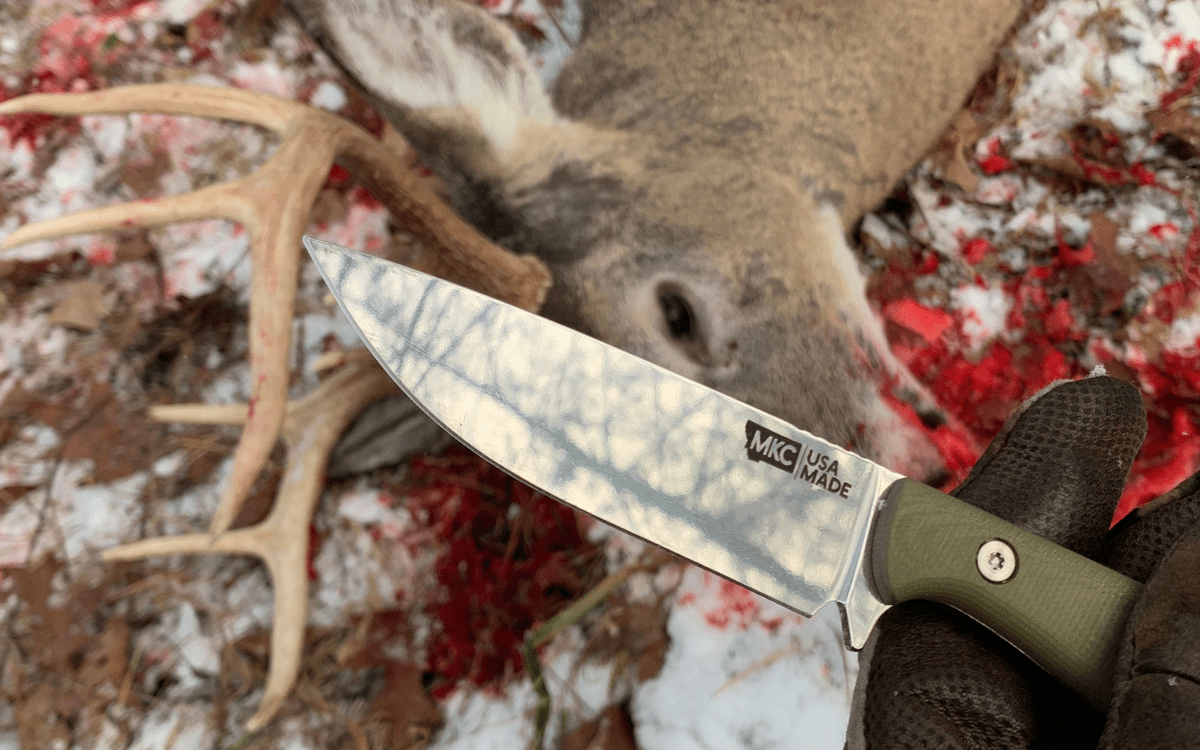
While I was blown away by the edge retention and general usability of this knife, I do offer a word of warning. Due to just how sharp the blade is coming out of the box, make sure to avoid nicking your fingers during the gutting process, otherwise you won’t be able to tell your blood from the deer’s.
Is it Really Worth Paying Hundreds of Dollars for a Premium Knife?
I’m still in the phase of my hunting career where a solid, cheap knife makes sense. I have used the same Buck knife for 18 years without having any major issues and it’s served me well.
However, a premium blade makes the job undeniably easier. Not just in the cutting process, but even in the ergonomic design of the handle compared to my old knife. I was able to gut, skin, and process deer faster with the higher end blade. Owning a high-end blade is awesome, and I can’t stress the benefits of a premium steel enough.
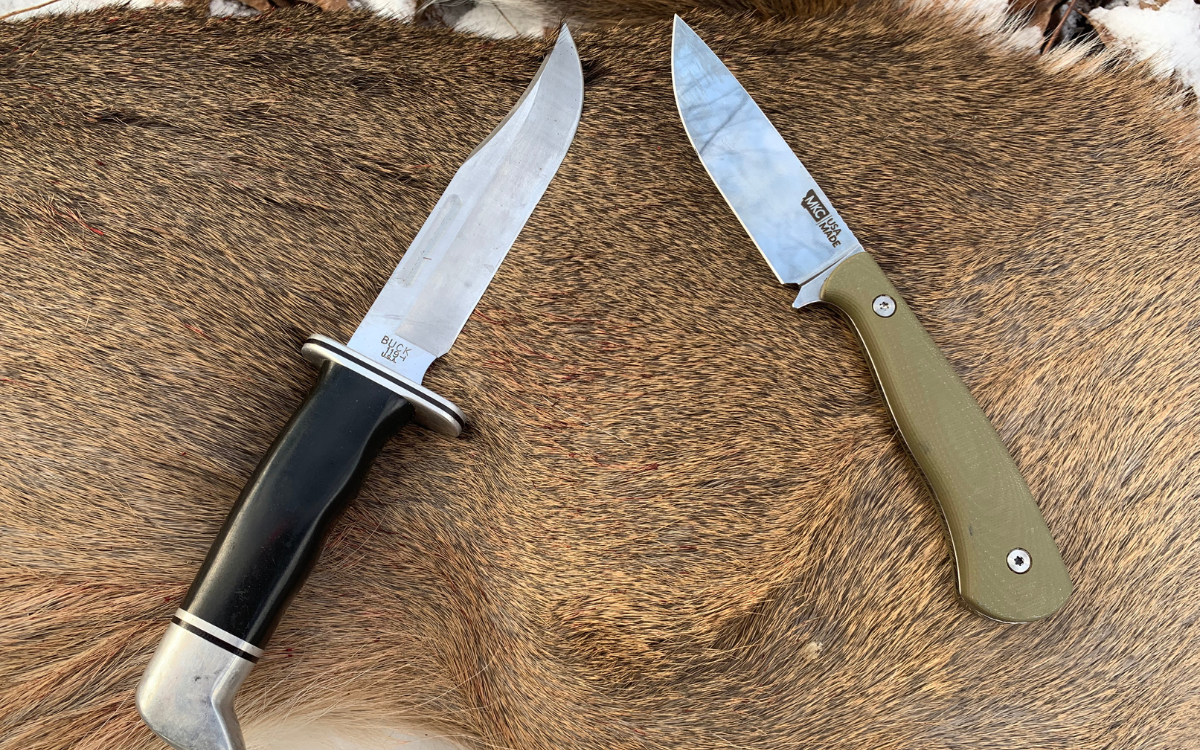
Read Next: Best Hunting Knives
I think a premium knife makes sense for hunters who skin and quarter a lot of big-game animals in the field. When you’re working on a deer, on the side of a mountain, in the dark, it’s important to have a sharp, ergonomic knife that holds its edge. Do you need a premium knife to gut one deer per season? Probably not. But hey, if you’ve got the money to spend and want top performance from your knife, then you’ll never be disappointed by a knife like the MKC Whitetail.
The post Is a $300 Hunting Knife Worth It? appeared first on Outdoor Life.
Source: https://www.outdoorlife.com/gear/is-a-premium-hunting-knife-worth-it/

